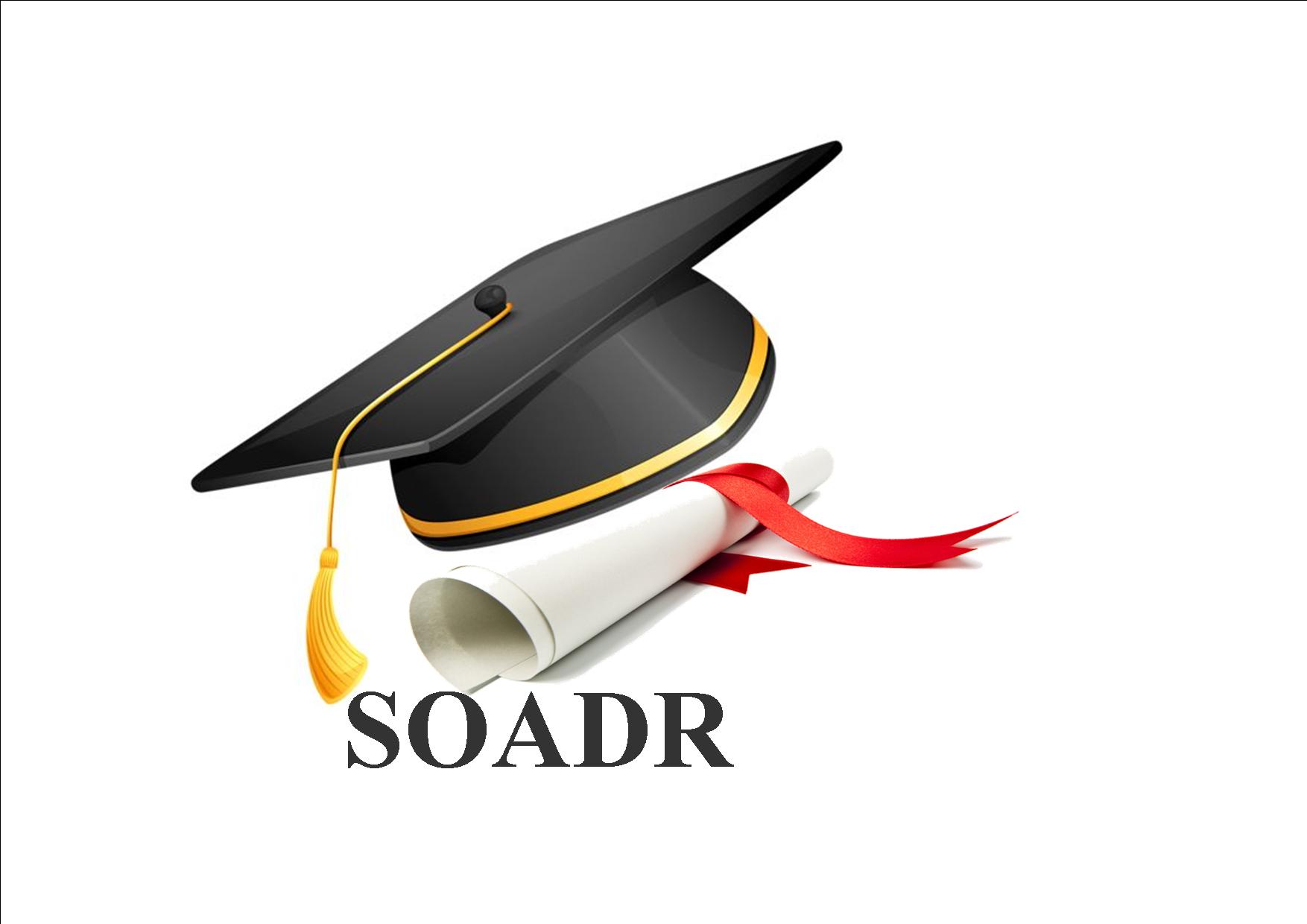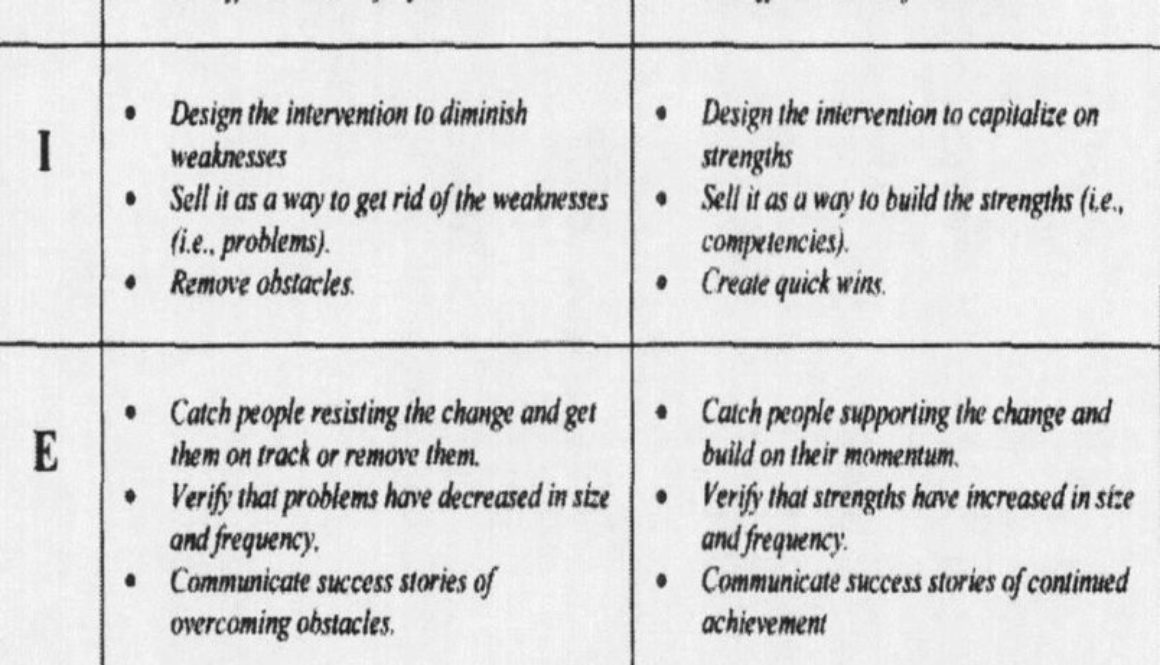Action Research Using The DIET Model and the Balanced Approach
According to Cady and Caster (2000), the DIET model is the acronym for Diagnosis, Intervene, Evaluation, and Transfer model. The DIET model uses an approach, the authors call ‘the balanced approach’ to solve organizational problems. The balanced approach incorporates the problem-solving approach of action research and the anticipatory reality approach of appreciative inquiry. The need to combine the attributes of the two approaches is warranted by three main problems associated with the action research model, which include the cumbersome nature of the steps involved in action research, the need to combine the principles of action research and the anticipatory reality effect of appreciative inquiry as well as the limitations associated with the problem-solving approach of action research. Cady and Caster (2000) indicated that in an interview conducted by two researchers, Glotches and Ludema (1995), with the father of appreciative inquiry, Cooperrider , he stated that since action research focuses on the human deficit for solving problems in the organization, once feedback has been given by the practitioner and the client understands the process, the client-consultant relationship ceases to continue after the intervention process.
According to Cady and Caster (2000), the diagnosis phase of the DIET model looks into how the organization operates currently to help them design viable solutions to them. The authors posit that the diagnosis phase uses the balanced approach to gain clarity on the root causes of the problem as well as the contingencies associated with the past successes of the organization. The authors explain further by stating that the diagnosis involves a collaborative process of data collection, analyses, and interpretation that sets the pretest evaluation record to be compared with the posttest record. According to the authors, it is important for the client to be involved in a consensus to be reached with regards to designing the data collection instrument as well as the interpretation of the analyzed data. Cady and Caster (2000) posit that while using the balanced approach, it is usually easier and safer to use the positive aspects of the organization to help build consensus around the problem-focused conclusions. It is important for the organizational development practitioner to recognize that during the diagnosis process that some leaders in the organization may engage in witch-hunting to identify participants who identify problems, which may undermine their leadership credentials and so it is very critical to protect the confidentiality of participants. The authors stated that using the fact-judgement-emotion model and treating each component separately during the feedback session is important to ensure a well-informed and successful action planning process. According to the authors, the statistically-based facts enables the judgments or conclusions on those facts to more objective and effective as well as helps to gain emotional responses which support the course of action to make the change process successful. The important question that the consultant needs to put to the stakeholders involved in the change process after the feedback process is: “based on what we have discussed and concluded thus far what do you choose to do?” In summary, the diagnosis process involves three main sections; identification of the problem using the balanced approach, data collection, analysis, and interpretation, as well as the design of the action plan.
The intervention phase of the DIET approach follows the action planning stage and involves two main sections that include the design of the intervention and execution of the intervention. According to Cady and Caster (2000), while it is important to build the design around the appreciative inquiry approach to help to identify the brilliance in the organization and expand on it, overemphasis on only the positive aspect of the organization may result in the participants feeling complacent leading to lack of urgency in the implementation process. The suggestion from the authors is that the balanced approach should be used to help identify both the negative and positive aspects of the organization. The execution stage will not be successful if the key leadership in the organization are not involved in implementing the desired changes in the organization (Cady & Caster, 2000).
After the implementation process, the actions implemented can be evaluated, the small successes can be celebrated, and then any necessary changes can be made to correct the identified failure areas. Kirkpatrick (1998) posits that there are four main levels for evaluating the actions taking during the change process and these include reaction, learning, behavior, and business results. The first level known as reaction asks the question to determine if the members of the organization liked the intervention that had been made. The second level known as learning asks the question to determine if the members of the organization learned anything from the intervention process. The third level known as behavior asks the question to determine if there were any changes in the behavior of the members of the organization as a result of the change intervention. The fourth level known as business results asks the question to determine if there were any improvements in the performance of the organization as a result of the interventions made (Kirkpatrick, 1998). According to Cady and Caster (2000), the evaluation phase produces the post-test record that can then be compared with the pre-test record produced in the diagnosis. The authors explain further by stating that depending on the scope of the change intervention, the post-test record may take a few days or some years to manifest. Interventions made in a smaller setting such as a department can produce post-test results in a few days or months while an entire change in the culture of a large organization could take some years to produce post-test results. The evaluation process using the balanced approach also checks to see if the root causes of problems were identified and resolved as well as determine whether the positive stories were enhanced in the organization (Cady & Caster, 2000).
Cady and Caster (2000) stated that while the traditional action research usually terminates the consultant-client relationship after the transfer phase, the balanced approach aims to ensure continual development of the competencies of members of the organization.
References
Cady, S.H. & Caster, M.A. (2000). A diet for action research: An integrated problem & appreciative focused approach to organization development, Organizational Development Journal, Winter 2000, 18(4), pp 79
Kirkpatrick, D.L. (1998). Evaluating training programs: The four levels. San Francisco; Berrett-Koehler.




